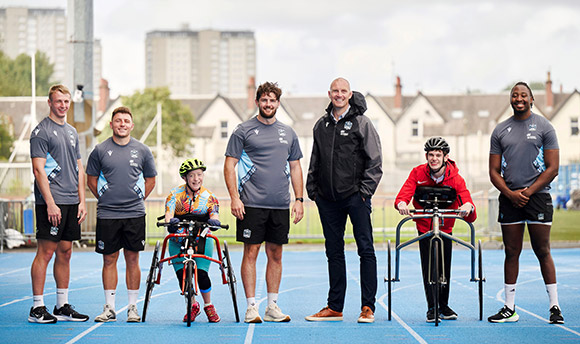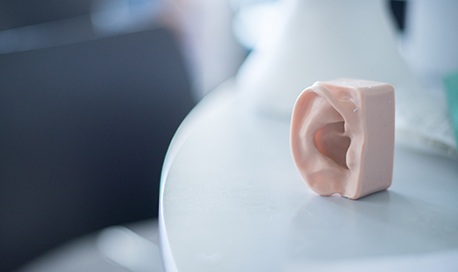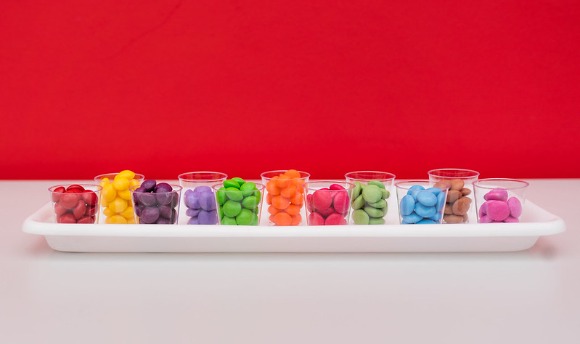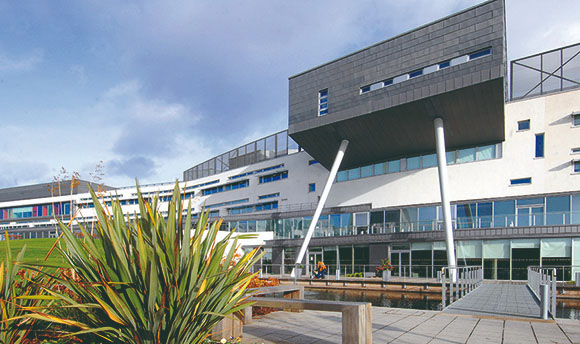QMU’s strength in speech sciences research has led to the commercial development of technologies and instruments which can diagnose and treat speech disorders.
Articulate Instruments Ltd, based at QMU, invents, designs and supports the development of instrumental technologies which help improve diagnosis and treat speech disorders in children and adults. Articulate Instruments has based its work on pioneering speech research developed by QMU, and over the last 10 years has had a global reach with over 200 international customers all purchasing products such as electronic systems, headsets, software and methodologies.
Working on cutting-edge projects, Articulate Instruments has developed pioneering technology and instruments which have assisted speech therapists in improving the lives of children and adults. Particularly, the technologies have had a significantly positive impact on people with enduring speech problems who were struggling to improve their speech with traditional speech therapy methods.
A major area of work has been the development of electropalatography (EPG). EPG is a technique that is not yet routinely available in NHS clinics. EPG records where and when the tongue makes contact with the roof of the mouth during speech. It can be a particularly useful means of helping some children with speech difficulties to improve their speech because it provides visual feedback to the child, which is not ordinarily available, and does not rely purely on what the child hears.
Articulate Instruments has been responsible for the development of a new artificial palate that is used in the pioneering EPG therapy. It takes the form of a dental plate which is custom made for the client (child or adult). The client wears the palate which contains 62 electrodes that detect the client’s tongue movement on the roof of the mouth when they speak. These can be analysed and compared to typical speech patterns to help the speech and language therapist identify more accurately errors in the client’s speech. During a session, the therapist also wears a customised palate that models the correct patterns to the client. The client can clearly see the images that the tongue makes on the computer screen. The client tries to copy the therapist’s tongue movements by trying to recreate the same pattern which shows on the computer screen. The client can then view their own tongue pattern and compare this to the pattern made by the therapist. This visual stimulus can be incredibly effective in helping the client achieve more normal-sounding speech.
The technique is proving particularly helpful to children with Down’s syndrome, as they are known to respond well to visual stimuli. A more portable, smaller version was trialled in schools. In contrast to having to attend a specialist clinic, this approach allowed more children with Down’s syndrome to benefit from EPG technology. The project involved classroom assistants being trained to interpret the information provided by the EPG display and learning how to use it with the children as part of their daily speech therapy sessions.
The QMU research team believe that this research project has the ability to impact the quality of life of children with Down’s syndrome. By providing access to regular therapy and targeting younger children than in earlier studies, the team hopes to correct speech problems at an earlier stage. This will ultimately help children access education, engage more successfully with social activities and improve quality of life.
QMU's speech experts are now collaborating with NHS colleagues by taking EPG therapy into community clinics. The aim is to build capacity within the NHS for further specialised speech therapy treatment.
Finding out exactly what the tongue is doing inside the mouth has traditionally been very difficult – thus the challenges involved in helping people improve their speech communication difficulties. Beyond EPG, Articulate Instruments has also been involved in other projects with QMU's speech specialists, to develop a range of technologies to view and record tongue movements. This includes the ULTRAX project, conducted in collaboration with specialists from Edinburgh University, which looked at MRI image analysis. This involved developing ultrasound technology to gain clearer and more meaningful images of the tongue movements inside the mouth during speech.
Ultrasound technology helps people view the movement and shape of their own tongue inside their mouth in real-time and use this visual information to help them create the correct sounds. In simple terms, it allows them to see where they are going wrong, change the shape of their tongue when speaking and ultimately improves the sounds that they make. Ultrasound, therefore, has the potential to provide powerful information about typical and disordered speech and can help speakers to modify their own incorrect tongue movements.
However, although ultrasound is cheap, instant and safe, the downside is that the image is grainy and the information about what the tip of the tongue is doing can be unclear. The ULTRAX project specifically looked at improving visual feedback. Ultimately, this will enhance the diagnosis and treatment of speech sound disorders.
The collaboration between Articulate Instruments and speech scientists and therapists at QMU is not only helping improve the lives of people in Scotland but has a global reach. Articulate Instruments is in good financial health, selling its products to research labs in the UK, Europe, North America, Japan and Brazil. The collaboration with QMU, which is responsible for researching novel and unique combinations of phonetic instrumentation and methodology for both clinical and non-clinical topics, confirms QMU commitment to business innovation and to improving the lives of people with speech communication difficulties.







